There is always much to learn from quotes and their historical significance. Read on for a collection of quotes and general history from September 22nd – 28th.
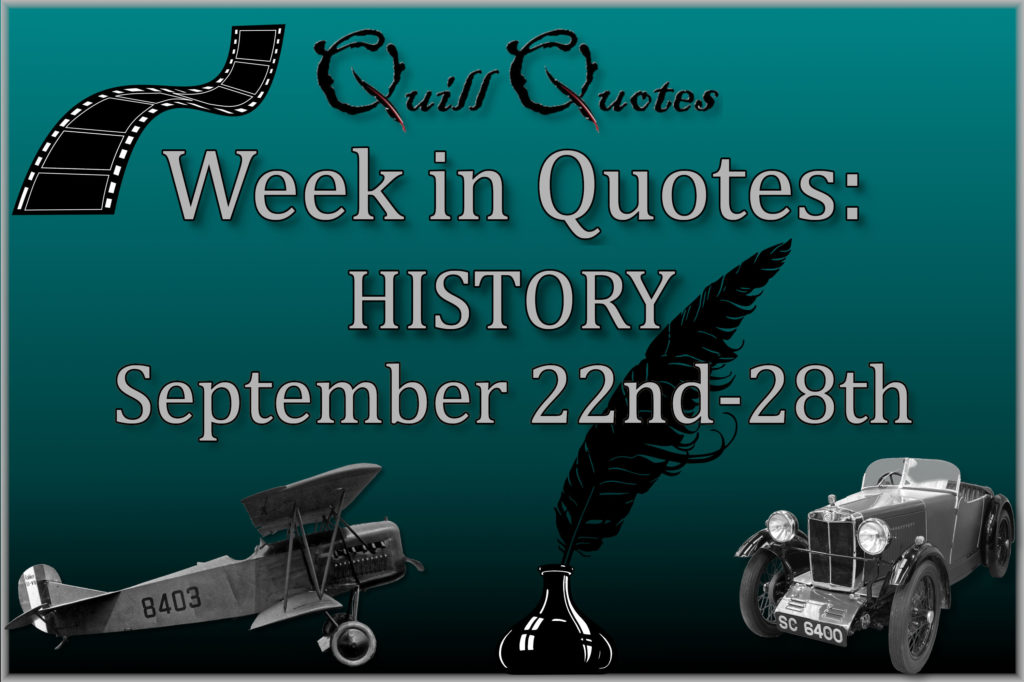
September 22, 1862
“That on the first day of January in the year of our Lord, one thousand eight hundred and sixty-three, all persons held as slaves within any State, or designated part of a State, the people whereof shall then be in rebellion against the United States shall be then, thenceforward, and forever free.”
– Abraham Lincoln, The Emancipation Proclamation
President Abraham Lincoln issued the preliminary Emancipation Proclamation during the Civil War on September 22, 1862. This served as a warning that all slaves in Confederate states would be freed on January 1, 1863, if the state remained in rebellion. While Lincoln did aspire to end slavery, the Emancipation Proclamation was aimed only at Confederate states in the hopes of maintaining the Union. However, none of the Confederate states ended their rebellion and more than 3.5 million slaves were freed by the end of the war! The remaining slaves in non-Confederate territory were freed by state action or the Thirteenth Amendment by the end of 1865.
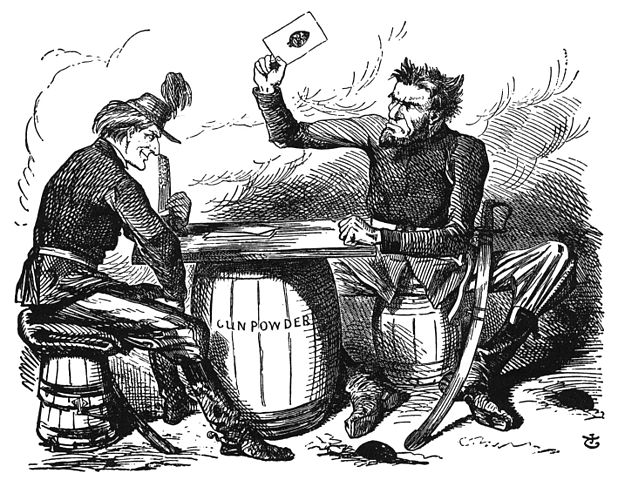
September 23, 1806
“The ultimate camping trip was the Lewis and Clark expedition.”
– Dave Barry
The Lewis and Clark Expedition returned to St. Louis on September 23, 1806, after their two year, four month, and ten day journey into the unexplored west. Also called the Corps of Discovery Expedition, President Thomas Jefferson commissioned them to explore the newly acquired Louisiana Purchase. The primary objective was to find a waterway connecting to the Pacific Ocean and to establish an American presence in the Pacific Northwest before any European powers claimed it. The expedition also made many contributions to science and trade, but these were not the main goals. Unfortunately, no continuous waterway to the Pacific Ocean exists, but Lewis and Clark did identify an Indian trail leading from the upper end of the Missouri River to the Columbia River which runs to the Pacific. They also constructed Fort Clatsop, establishing an American presence in modern-day Oregon.
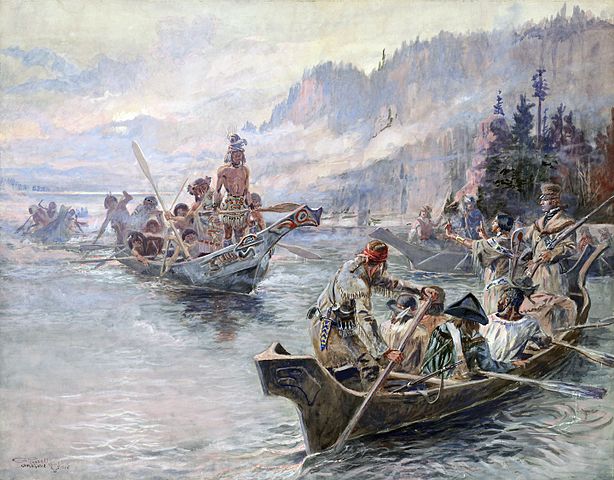
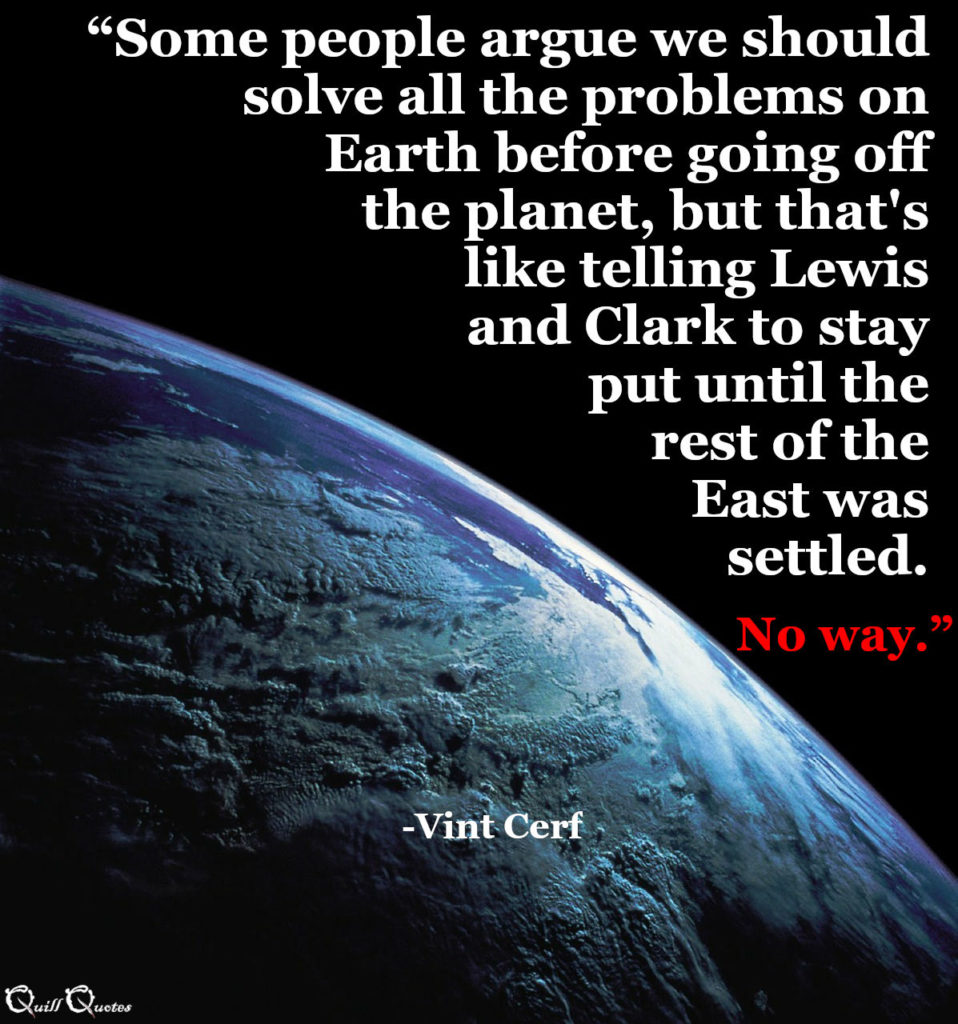
September 24, 1950
“Ours is a country built more on people than on territory. The Jews will come from everywhere: from France, from Russia, from America, from Yemen… Their faith is their passport.”
– David Ben-Gurion, first Prime Minister of Israel
On September 24, 1950, Operation Magic Carpet concluded after more than 50,000 Jews were relocated to the new state of Israel. The overwhelming majority, some 47,000, were from Yemen, where widespread oppression forced them to seek new opportunities. Officially named Operation On Wings of Eagles, Kanfei Nesharim in Hebrew, British and American planes made around 380 flights to transport the Jews to Israel beginning in June 1949. The entire operation was kept secret and only made public several months after it was over.
September 25, 1944
“Well, as you know, I always felt we tried to go a bridge too far.”
– Lt. General Frederick “Boy” Browning
On September 25, 1944, Operation Market Garden ended in Allied failure during World War II. The operation was a joint airborne and ground assault into the German-held Netherlands. The airborne forces were to capture a series of 9 bridges thus allowing land troops swift crossing during their advance. However, delays at several bridge crossings allowed the Germans to reinforce at Arnhem and hold the last bridge crossing the River Rhine. While the Dutch cities of Eindhoven and Nijmegen were liberated, failure to secure a foothold over the Rhine at Arnhem marked the operation. The failure of Operation Market Garden ended Allied hopes of winning the war by Christmas 1944 and gave rise to the popular saying “a bridge too far” to refer to something being overly ambitious.
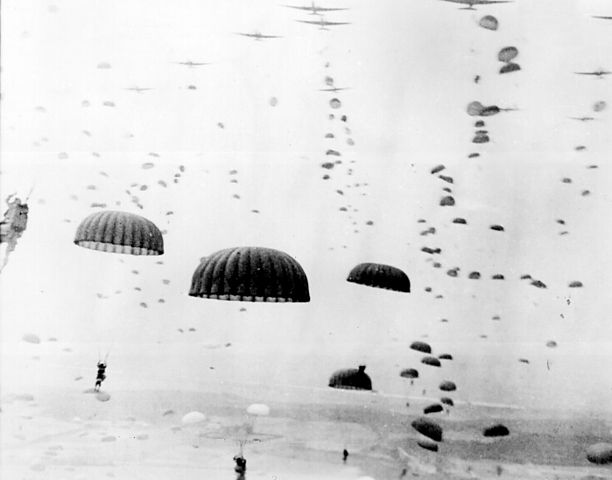
In an example of “history is written by the victors”, I had never heard of Operation Market Garden. Had you? To learn more, check out Cornelius Ryan’s book “A Bridge Too Far” or the 1977 film of the same name.
September 26, 1983
“The Soviet Union as a system—not just the Kremlin, not just Andropov, not just the KGB—but as a system, was geared to expect an attack and to retaliate very quickly to it. It was on hair-trigger alert. It was very nervous and prone to mistakes and accidents. The false alarm that happened on Petrov’s watch could not have come at a more dangerous, intense phase in US–Soviet relations.”
– Bruce G. Blair, Cold War nuclear strategies expert
Stanislav Petrov became known as “the man who single-handedly saved the world from nuclear war” on September 26, 1983. As the duty officer at the command center for the Oko nuclear early-warning system, Petrov played the key role in the 1983 Soviet nuclear false alarm incident. When the system reported missiles launched from the United States, Petrov judged it to be a false alarm. His decision to disobey Soviet military protocol that day likely prevented a retaliatory nuclear attack that would have escalated into a large-scale nuclear war.
“I had obviously never imagined that I would ever face that situation. It was the first and, as far as I know, also the last time that such a thing had happened, except for simulated practice scenarios.”
– Stanislav Petrov
September 27, 1822
“The hieroglyphs were the most important of the scripts on the stone: they were there for the gods to read, and the more learned of their priesthood.”
– John Ray
On September 27, 1822, Jean-François Champollion announced he had deciphered the Rosetta Stone. The Rosetta Stone is inscribed with the Egyptian Decree of Memphis establishing the rule of King Ptolemy V in three languages. Both Ancient Egyptian hieroglyphic and demotic scripts are used, along with Ancient Greek. Having only minor differences between the versions, translation of these three texts provided the key to understanding ancient Egyptian literature and civilization. As such, “Rosetta Stone” has become synonymous with the essential clue to a new field of knowledge. The Rosetta Stone is on display at the British Museum in London and is the most visited item there.
September 28, 2008
“I messed up the first three launches. The first three launches failed. And fortunately the fourth launch, which was, that was the last money that we had for Falcon 1. That fourth launch worked. Or it would have been — that would have been it for SpaceX. But fate liked us that day. So, the fourth launch worked.”
– Elon Musk
The SpaceX Falcon 1 became the first privately-developed liquid-fuel rocket to reach orbit on September 28, 2008! This was the fourth launch attempt, with the prior three ending in failure. Had this launch failed, SpaceX would not exist today, as there was no money left for a fifth attempt. The Falcon 1 only flew one more time, successfully launching RazakSAT on July 14, 2009, before the larger Falcon 9 replaced it. The SpaceX Falcon 9 continues to operate today, along with the Falcon Heavy and Dragon spacecraft. Meanwhile, the next-generation Starship and Super Heavy vehicles are in development!
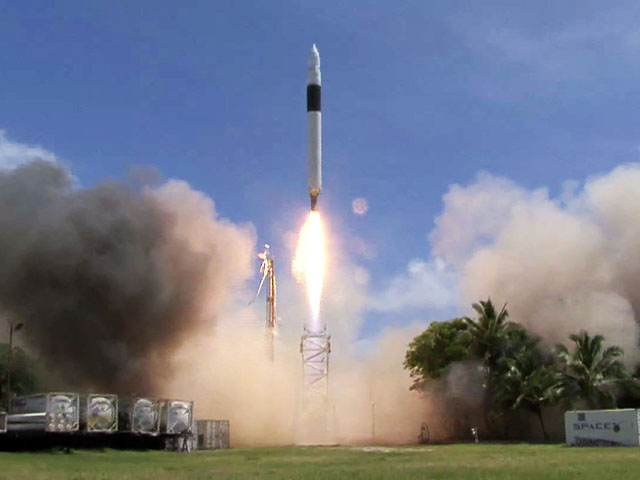
In case you missed last week’s quotes, see History September 15th – 21st.
To never miss a Quill Quotes post, please subscribe to our free Email Newsletter and follow us on Social Media.
Leave a Reply